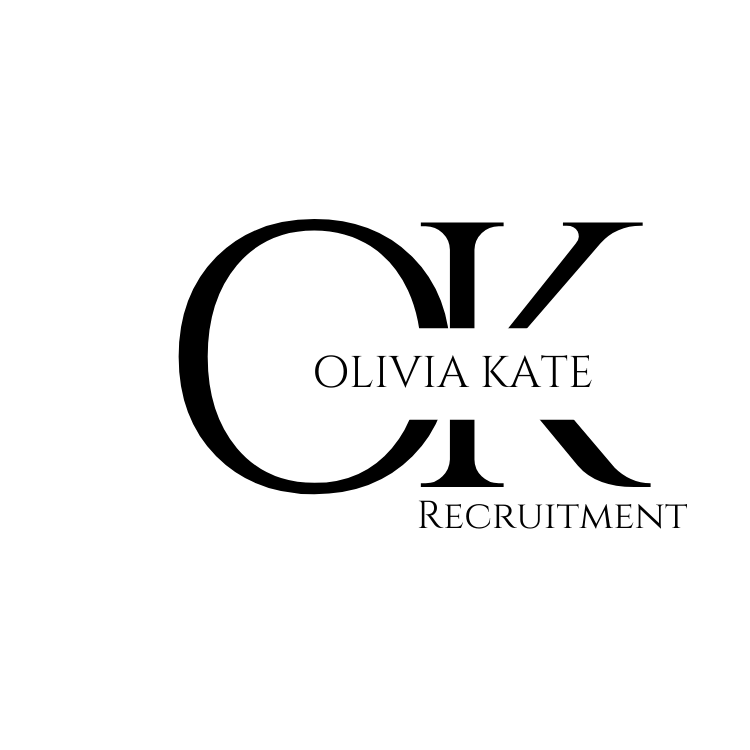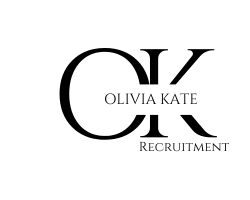Content
On the balance sheet, prepaid expenses are first recorded as an asset. Adjusting entries, posting adjusting entries to a worksheet, financial statement creation from an adjusted trial balance, and reversing entries will be covered in this course. The adjusting entry process is a fundamental bookkeeping and accounting process but is often the accounting process most misunderstood. Depreciation spreads the cost of non-current assets over the assets’ useful lives, so that a charge against profit appears in the statement of profit or loss. This charge, each year that the asset is used by the business, should match the economic benefits that the asset’s use has generated for the business.
What is the main purpose of adjusting entries?
4. What is the purpose of adjusting entries? Adjusting entries are necessary to ensure that the financial statements presented are accurate and in accordance with Generally Accepted Accounting Principles (GAAP). It is also used to convert cash basis accounting to accrual basis accounting.
Posting each transaction creates a journal entry with debit and credit balances. Accrued income creates an additional current asset on our Statementof financial position. It also creates additional income on our Incomestatement, and hence this will increase overall profits.
Accumulated Depreciation – Office
The financial statements generated at the end of the accounting cycle can assess your company’s viability and long-term financial health in all areas. This also relates to the matching principle where the assets are used during the year and written Adjusting Entries off after they are used. Any retail accounting time you purchase a big ticket item, you should also be recording accumulated depreciation and your monthly depreciation expense. Depreciation is the process of allocating the cost of an asset, such as a building or a piece of equipment, over the serviceable or economic life of the asset.
If an asset will help the business to generate revenue for five years, then the cost of the asset is spread over the same five years – depreciation is the application of the accruals concept. Similar adjustments may be needed for income, such as rent receivable. Income received in advance (i.e. deferred income) is a liability and should be included alongside accruals for unpaid expenses, thereby changing the heading to ‘Accruals and deferred income’.
What is the purpose of making year-end adjustments?
If you keep your books on a true accrual basis, you would need to make an adjusting entry for these wages dated Dec. 31 and then reverse it on Jan. 1. The adjusting process is a necessary part of the accounting cycle and one that is built into the accounting system. Candidates are expected to recognise that only half the loan interest has been paid and to accrue for the other $4,000.
Efficient accounting records are essential for the current accounting period, year end and the next accounting period or following year. Prepaid expenses are assets that you pay for and use gradually throughout the accounting period. Office supplies are a good example, as they’re depleted throughout the month, becoming an expense. Essentially, in the month that the expense is used, an adjusting entry needs to be made to debit the expense account and credit the prepaid account.
What does Quick Books mean by an adjusting entry?
Income in arrears (i.e. accrued income) is an asset which should be included with prepayments using the heading ‘Prepayments and accrued income’. The most important point, which must be understood at the outset, is that all these adjustments have an impact on both the statement of profit or loss and the statement of financial position. Any changes you make to the trial balance https://www.projectpractical.com/accounting-in-retail-inventory-management-primary-considerations/ must balance – every debit adjustment should have an equal and opposite credit adjustment. Having said that, it is more important to complete the question within the time allowed, without spending too much time trying to find out why your statement of financial position does not balance. Unearned revenues are payments for goods/services that are yet to be delivered.
The reporting requirements will determine the length of the accounting cycle. The majority of businesses strive to evaluate their performance every month; however, some may place a greater emphasis on quarterly or annual outcomes. Be aware that there are other expenses that may need to be accrued, such as any product or service received without an invoice being provided.
How do you record rent expense on a balance sheet?
Accrued income arises where income has been earned in the accounting period but has not yet been received. The major cost involved in making sales in a period is the actualcost of the goods that are being sold. As we saw in a previous chapter,we need to adjust for opening and closing inventory to ensure that thesales made in the period are matched with the actual costs of thosegoods. Any goods unsold are carried forward to the next period so thatthey are accounted for when they are actually sold.
Sometimes an entire job is not completed within the accounting period, and the company will not bill the customer until the job is completed. The earnings from the part of the job that has been completed must be reported on the month’s income statement for this accrued revenue, and an adjusting entry is required. Unearned revenues refer to payments for goods to be delivered in the future or services to be performed. At the end of your accounting period, you need to make an adjusting entry in your general journal to bring your accounts receivable balance up-to-date.


